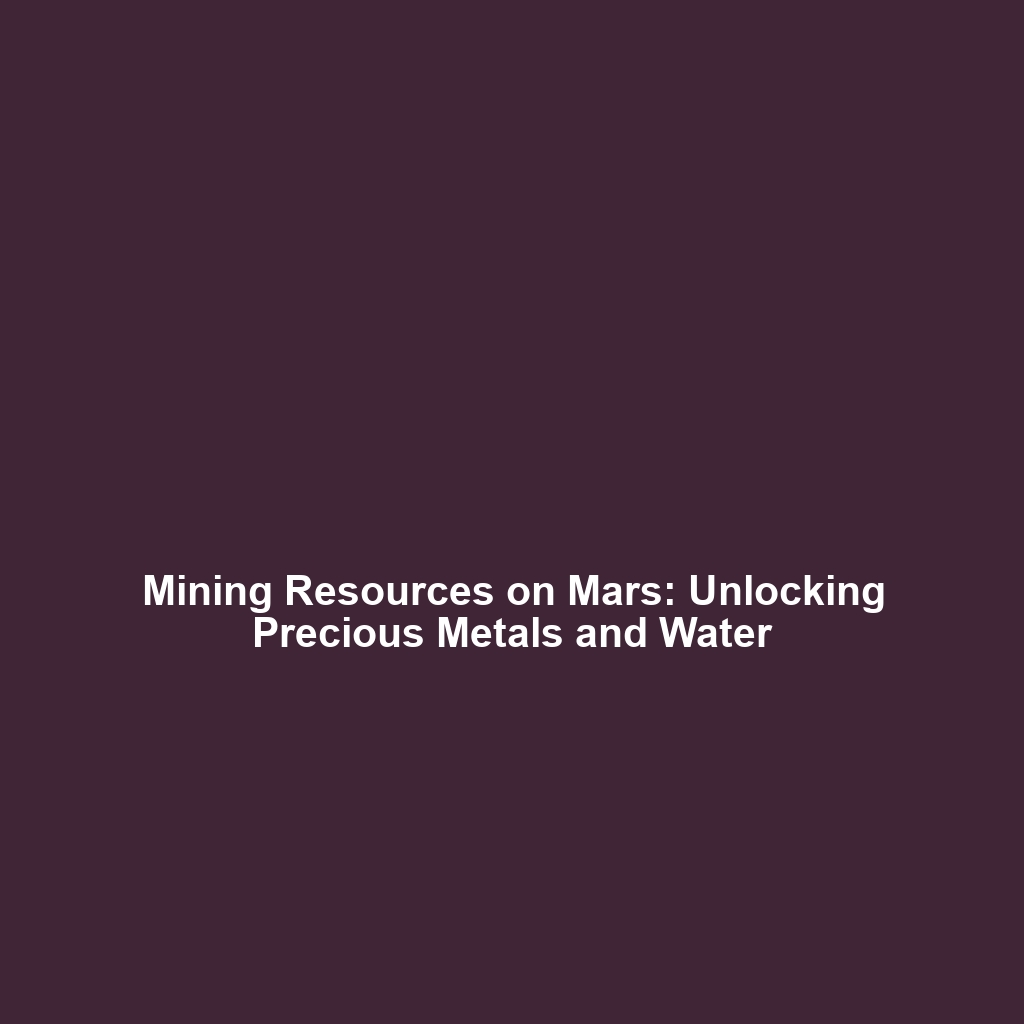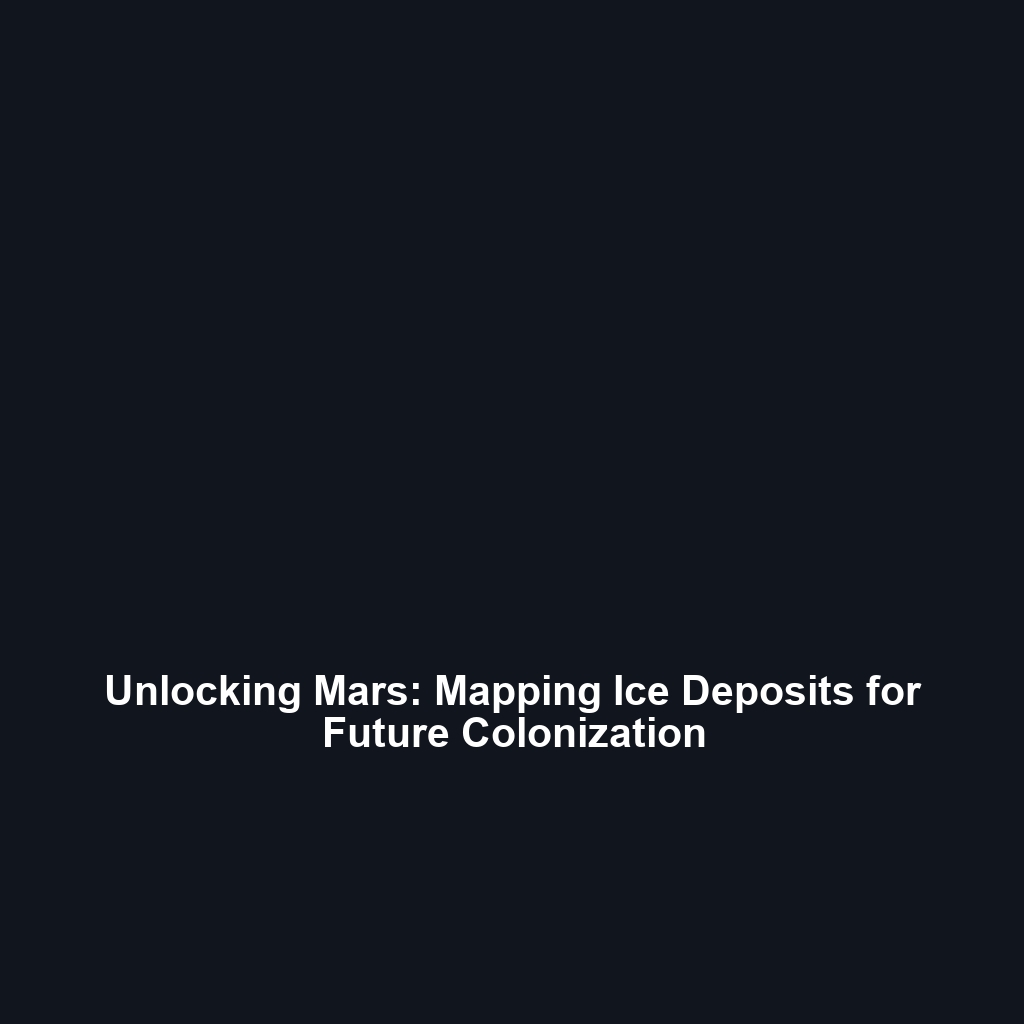Water Filtration and Storage: Systems for Purifying and Storing Water on Mars
Introduction
Water is a fundamental resource for sustaining life, and when it comes to colonizing Mars, establishing reliable water filtration and storage systems is essential. Effective purification and storage of water not only support human survival but also enable advanced agricultural practices necessary for long-term habitation. This article explores innovative approaches to water filtration and storage, shedding light on their role in the broader goal of colonizing Mars.
Key Concepts
Significance of Water on Mars
Understanding the availability and accessibility of water on Mars is critical for future missions. Major concepts related to water filtration include:
- Source Identification: Finding water sources like ice deposits or underground aquifers.
- Filtration Techniques: Using advanced methods such as reverse osmosis and carbon filtering to ensure potable water.
- Storage Solutions: Designing containers that can withstand Martian conditions while preserving water quality.
Technological Integration
The integration of these concepts into a comprehensive water management system is essential in the context of colonizing Mars. Research into sustainable methods for obtaining, purifying, and storing water will pave the way for human settlement.
Applications and Real-World Uses
The practical applications of water filtration and storage systems are vital in the quest for colonizing Mars. Some notable examples include:
- Life Support Systems: Use of purified water for drinking and hygiene in habitats.
- Agricultural Practices: Developing irrigation systems for growing food on Mars, which requires efficient water management.
- Research Purposes: Utilizing filtration systems in scientific experiments to assess the Martian environment.
These examples highlight how water filtration and storage are used in colonizing Mars.
Current Challenges
While the need for effective water purification and storage is clear, several challenges of water filtration and storage on Mars exist, including:
- Resource Scarcity: Limited access to liquid water and the presence of contaminants.
- Technological Limitations: Existing filtration technologies may not operate efficiently in Martian conditions.
- Cost Implications: High costs associated with transporting and maintaining filtration systems on Mars.
Future Research and Innovations
Future research focused on water filtration and storage systems for Mars aims to develop leading-edge technologies. Innovations may include:
- Nanofiltration Membranes: Advanced materials that enhance purification efficiency and reduce waste.
- Water Harvesting Technologies: Systems designed to extract moisture from the Martian atmosphere.
- Smart Storage Solutions: Containers equipped with sensors for monitoring water quality and usage.
These next-gen technologies promise not only to improve water management on Mars but also to contribute significantly to the feasibility of human settlement.
Conclusion
In summary, water filtration and storage systems are pivotal for the success of colonizing Mars. By addressing key challenges and harnessing innovative technologies, we can make significant strides towards sustainable living on the Red Planet. Further exploration in this domain is necessary, and for those interested, additional readings on Mars exploration by NASA or colonization strategies are recommended for deeper insights.






